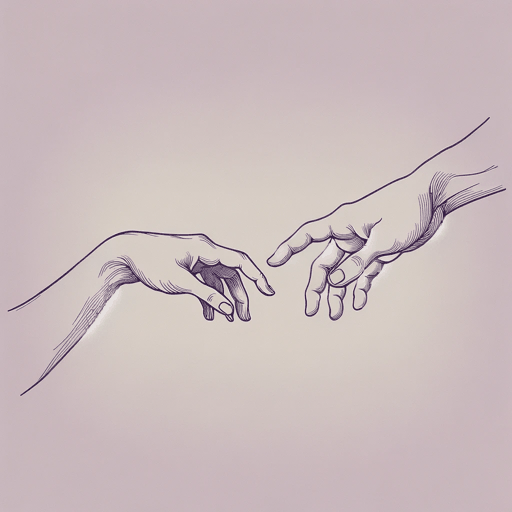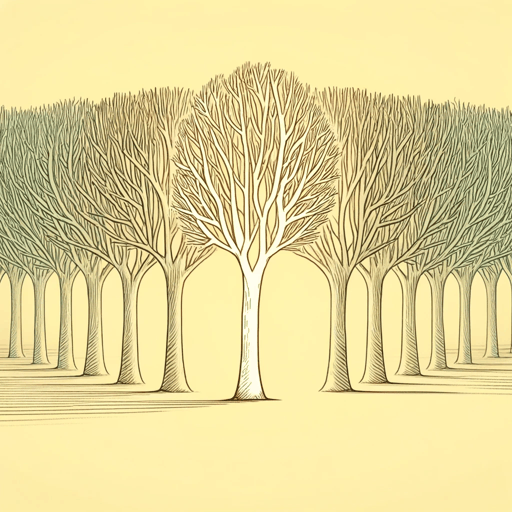25 pages • 50 minutes read
Toni MorrisonPlaying in the Dark: Whiteness and the Literary Imagination
Nonfiction | Essay / Speech | Adult | Published in 1992A modern alternative to SparkNotes and CliffsNotes, SuperSummary offers high-quality Study Guides with detailed chapter summaries and analysis of major themes, characters, and more.
Summary and Study Guide
Overview
Playing in the Dark: Whiteness and the Literary Imagination is an adaptation of three lectures that Nobel Prize-winning author Toni Morrison delivered at the Massey Lectures at Harvard University in 1990. She turned the three-part series into a 91-page book, published in 1992 by Harvard University Press. The lectures concern issues of race in American literature and the ways that writers actively construct whiteness and blackness within literature.
Morrison examines the claim that works in the American literary canon were not affected by the presence of Africans and African Americans. She upsets this claim, finding evidence that American writers developed a mythology of blackness, which she calls “Africanism,” and that they used Africanism to define themselves.
Morrison locates her analysis in the shadows of American literature. The Africanist presence is not always in the spotlight but instead, she writes, reveals itself in a shadowy presence. A major occurrence in American literature is artists transferring their internal conflicts to a blank darkness. In America, a new country that sought to define itself in contrast to Europe, writers also sought to define themselves in contrast with darkness: They emphasized their freedom by contrasting it with the bondage of slaves. Often, the Africanist presence is used to define whites in literature such as in the stories of Edgar Allan Poe.
Morrison discusses America establishing itself as new, white, and male. She states that the action of evading race within literature is itself an act of racism. The African presence informs American literature, often as a shadow even when the piece in question is not even about race issues or African characters. Slave narratives experienced a 19th-century publication boom while the question of freedom rages on in society. African race is a vehicle by which America knows that it isn’t enslaved—through the works of writers like Mark Twain, Herman Melville, and Nathaniel Hawthorne.
In Twain’s Adventures of Huckleberry Finn, Morrison argues that the concept of the American identity is bound to Africanism though it is covert about its dependency. These are self-reflexive reflections of Africanism, and if one follows them through to the end, these images can be perceived as evil and protective, rebellious and forgiving, fearful and desirable, seemingly simultaneously. This reveals the self-contradictory features of the self, while “white” seems to be the only race that is mute, veiled, senseless, and implacable. Race, Morrison says, is used metaphorically more now than it ever has been before in history. Africanism has acquired a metaphysical necessity, and black presence is inherent and inextricable from American-ness.
In the last section, Morrison turns her trained writer’s eye on the literature of Ernest Hemingway. She discusses Hemingway’s works and their definite distance from African Americans. She says his work is free of agenda and sensitivity, making it a pure case study for her theories. While Hemingway did not self-consciously write about black characters as Poe did, there are shadowy, ill-defined black characters in his fiction who serve to enhance the power and virility of the white characters. She uses the example of a black, nameless, stereotypical crew member, versus the named and personalized in To Have and Have Not.
Morrison also examines Hemingway’s use of Africanism in male and female sexual relationships and his romantic attachment to nurses. Writers also used blackness as a symbol of sexuality, and some of Hemingway’s black characters upset and disrupt the narrative through their indictments of white characters. Morrison writes that the Africanist presence has very much affected white writers in American literature and that writers have used rhetorical strategies to enhance racism and a racialized view of the world.
Morrison finishes by stating that studies in American Africanism should investigate the ways the African presence and personae are being constructed throughout history and the literary uses this has served. However, she isn’t investigating racist or non-racist literature: She claims that she takes no position and does not decide the quality of a work based on the author’s views on race. This book, she says, is an effort to change the critical gaze from the racial object to the racial subject. All of mankind loses when criticism is too polite or fearful to notice the disrupting darkness.
Related Titles
By Toni Morrison

A Mercy
Toni Morrison

Beloved
Toni Morrison

God Help The Child
Toni Morrison

Home
Toni Morrison

Jazz
Toni Morrison

Love: A Novel
Toni Morrison

Paradise
Toni Morrison

Recitatif
Toni Morrison

Song of Solomon
Toni Morrison

Sula
Toni Morrison

Sweetness
Toni Morrison

Tar Baby
Toni Morrison

The Bluest Eye
Toni Morrison

The Origin of Others
Toni Morrison

